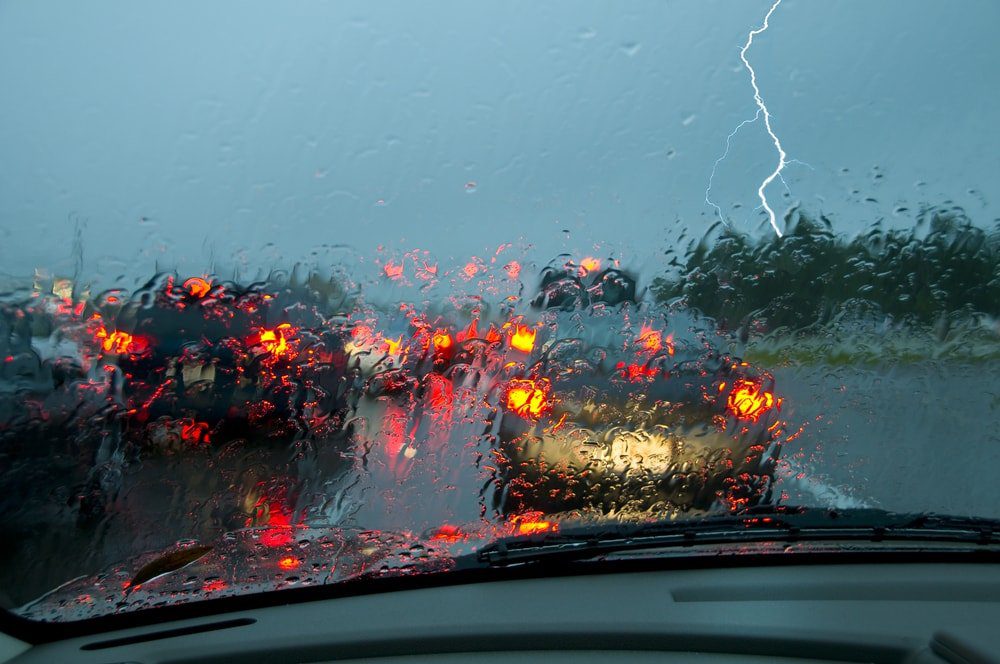Top safety tips for new drivers

Finding yourself a little worried about heading out onto the road as a newly licensed driver? You’re far from alone. A 2023 survey found that 26.5% of UK drivers consider themselves nervous or anxious drivers, rising to over 50% when including those who sometimes feel that way.
It’s normal to be nervous, especially as a younger driver, but you can make it easier for yourself to build confidence by focusing on simple, safe behaviours on the road.
Follow speed limits
Sounds obvious? Perhaps. But it’s vital to be constantly aware of speed limits to minimise disruption and maintain the fragile harmony of the road. It also helps to prevent accidents and other unexpected situations.
When joining a new road, particularly a motorway, pay close attention to the new speed limit so that you can match other vehicles and avoid holding up traffic. By contrast, when you’re driving through residential areas, look to keep a steady pace of 20mph or less.
Avoid distractions
Ensuring that your full focus is on the road is critical to staying safe, so it’s important to be aware of the many ways your focus could slip, and work to avoid them. Common distractions include:
Eating or drinkingChecking your phoneFiddling with touch-screen controlsDealing with rowdy passengers (typically children) or petsApplying makeup on the go
It’s helpfully common to find insurance for young drivers specifically but that doesn’t make it any more appealing to actually have to make a claim on it. So make sure you avoid behaviour that could take your eye off the road. Have a snack and hydrate before you get behind the wheel, and place within easy reach any items you’ll need so that you don’t have to rummage around for them.
Maintain a safe following distance
Remember that driving isn’t a race! The three-second rule is your most important ally when behind another car on the road – that is, allow yourself enough space behind them that it would take three seconds for you to catch up to it if it suddenly stopped. This gives you vital time to react and get out of the way should something unexpected occur.
Be cautious in bad weather
When you find yourself in less-than-ideal driving conditions, everything above takes on even more importance. Before your journey, think about the kind of weather you’ll be dealing with and prepare accordingly – in winter, for example, getting your car ready to handle snow and ice often involves extra maintenance and gathering of essential items.
If driving in rain, snow or fog, slow down and use even more caution than usual. You might find yourself allowing a more generous following distance than three seconds, for example. The extra prudence is worth it, as factors like reduced visibility and slippery roads always make it easier for accidents to occur.






